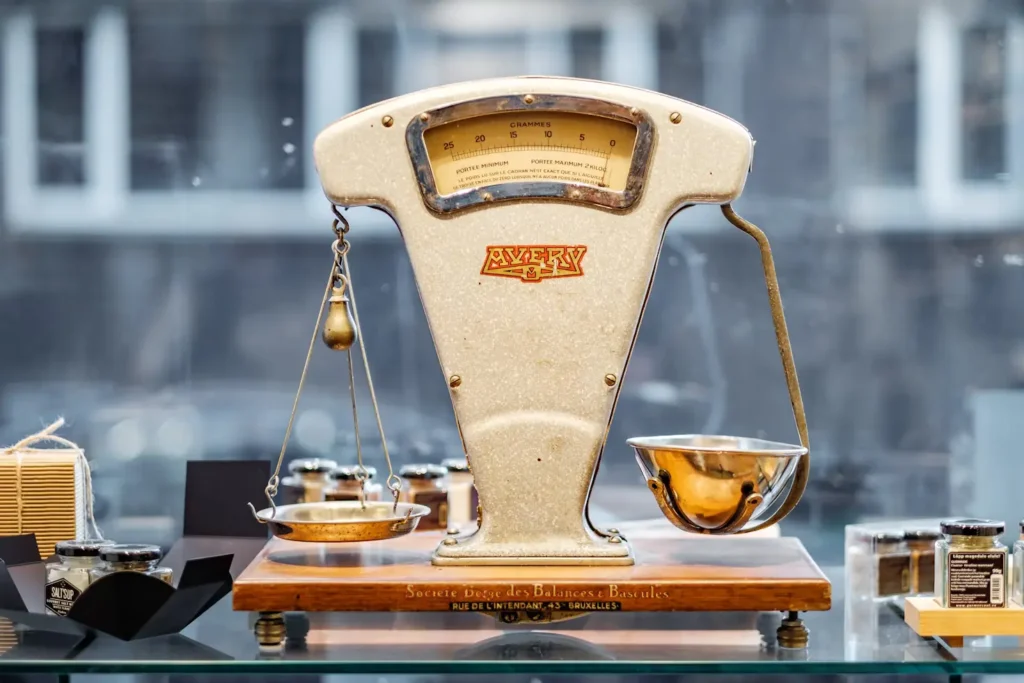Navigating a personal injury trial can be a daunting experience for those unfamiliar with the legal process. Understanding what to expect at each stage of the trial can significantly alleviate stress and prepare plaintiffs for what lies ahead. This detailed guide explores the typical phases of a personal injury trial, providing insights into the procedures, key players, and strategies involved. The focus key phrase for this article, aimed at enhancing SEO, is “personal injury trial process.”
Introduction to the Personal Injury Trial Process
A personal injury trial is the culmination of a legal process to resolve disputes when a plaintiff believes another party’s negligence caused them harm, and a settlement could not be reached beforehand. This trial can be a complex process involving multiple steps, each requiring careful preparation and understanding.
Pre-Trial Preparations
Before the trial begins, several critical steps must be taken to ensure that both sides are ready to present their cases. This includes:
Discovery Phase
The discovery phase is a pre-trial process where both parties exchange information and evidence that will be used at trial. This can include documents, testimonies (depositions), and other pertinent information.
Pre-Trial Motions
Attorneys for both sides may file motions to resolve preliminary issues before the trial starts. These can include motions to dismiss the case, motions for summary judgment, or motions to exclude certain pieces of evidence.
Settlement Discussions
Often, settlement discussions can continue up to the trial date. Many cases are settled during the pre-trial phase to avoid the uncertainties of a trial.
Key Stages of a Personal Injury Trial
Jury Selection
The trial begins with jury selection, where attorneys for both sides select jurors from a pool. This process, known as voir dire, involves questioning prospective jurors to ensure they can judge the case fairly.
Opening Statements
Once the jury is selected, both sides present their opening statements. Here, each lawyer outlines their client’s story and what they hope to prove during the trial.
Presentation of Evidence
Plaintiff’s Presentation
The plaintiff presents their case first. This typically involves calling witnesses, which can include the plaintiff, medical experts, eyewitnesses, and other relevant parties. They will also introduce physical evidence to support their claim.
Defendant’s Presentation
After the plaintiff’s side rests, the defense has the opportunity to present their case. This might involve calling their own set of witnesses and experts to refute the plaintiff’s claims and present their side of the story.
Closing Arguments
After both sides have presented their evidence, each will make a closing argument. This is the final opportunity for the lawyers to address the jury, summarize the evidence presented, and persuade the jury to support their client’s position.

Jury Deliberation
Following closing arguments, the jury deliberates in private. They will discuss the case details and come to a decision on whether the defendant should be held liable and, if so, how much compensation the plaintiff should receive.
Verdict
The trial concludes with the jury delivering their verdict. They will determine if the defendant is liable and the amount of damages owed to the plaintiff, if applicable.
After the Trial
Post-Trial Motions
Either party can file post-trial motions that could alter the outcome of the trial, such as a motion for a new trial or a motion to appeal the verdict.
Appeal Process
If the losing party is dissatisfied with the verdict, they may file an appeal to a higher court, arguing that legal errors affected the trial’s outcome.
Call to Action: Ensure You’re Prepared
The personal injury trial process is complex and can be overwhelming. If you are facing a personal injury trial, it’s crucial to have experienced legal representation to navigate this challenging journey. We invite you to get a free case evaluation to ensure you are well-prepared and advised throughout your trial. Let our expertise guide you to a successful outcome.
Conclusion
Understanding what to expect during a personal injury trial can make the process less intimidating and help plaintiffs prepare more effectively for what is to come. Each phase of the trial involves specific procedures and opportunities for both parties to make their case, ultimately culminating in a jury’s verdict. Knowing these stages and having skilled legal representation is vital to navigate the trial successfully.
Focused Keywords
- Personal injury trial process
- Jury selection in personal injury trials
- Evidence presentation in court
- Legal strategies in personal injury cases
- Understanding personal injury settlements and verdicts

